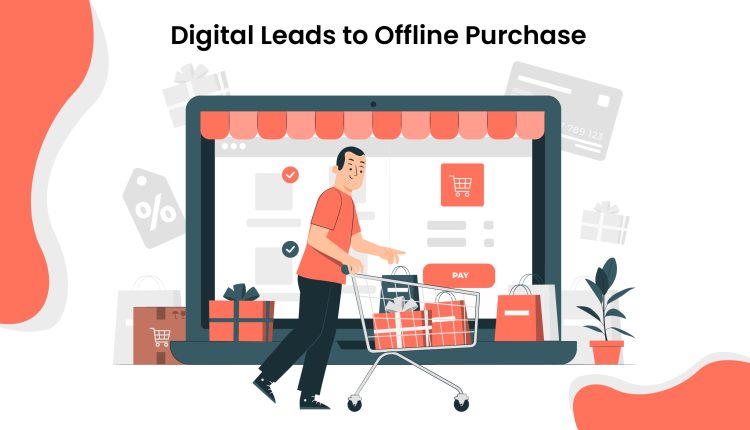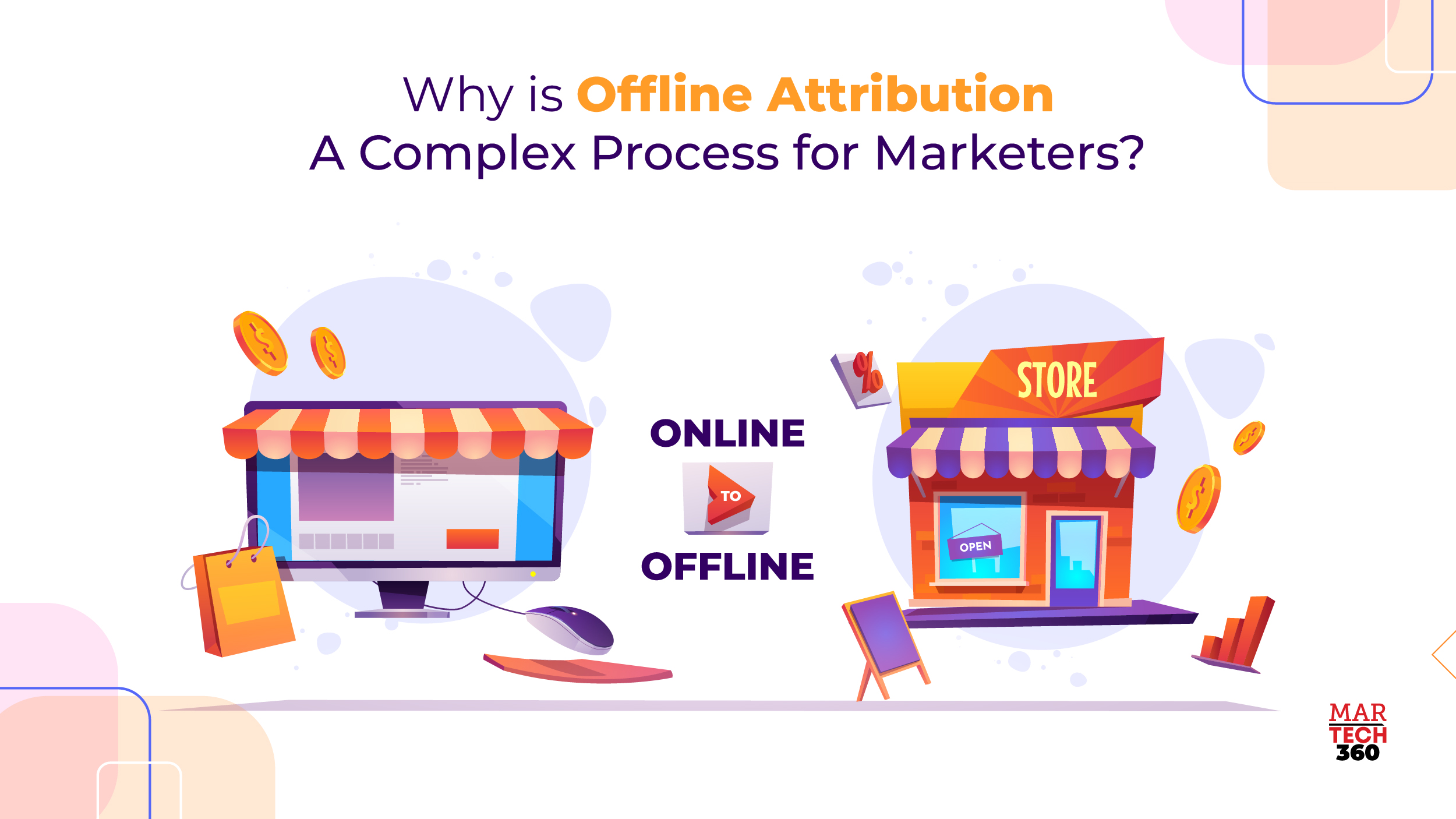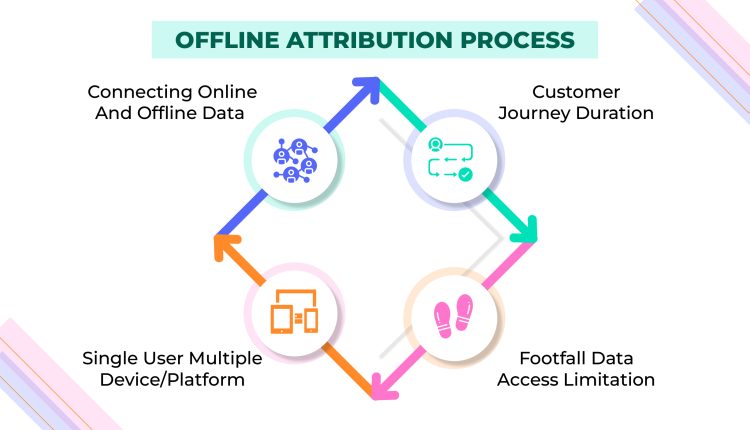We all discuss how digitalization has made tracking business processes easy by enabling ready to go and trackable data access of online transactions. But, what about the transition from online digital campaigns to offline in-store transactions?
Even though, marketing team takes tons of effort for an advertising campaign on an OTT platform, it’s not like a customer will get to the store to buy that product right after engaging with the advertisement. It is quite a long journey from engaging with the content to online research on that, getting some feedback and finally visiting the store to purchase that product.
That’s where offline conversion tracking comes into action, which helps marketers to study the conversion rate of that respective marketing campaign and understand its effectiveness. This is achieved by offline attribution that helps to understand in-store conversion rate and quantify ROI. But, what exactly is this Offline Attribution ?
Offline Attribution – Converting Digital Leads Offline
Offline attribution is a marketing term which refers to the process of correlating digital and conventional marketing efforts to actual offline outcome (which is usually the purchase call). Basically, with the help of online to offline attribution, marketers enable themselves to improve their ROI for their marketing campaigns that continues even after the completion of online set up.
In practice, this means offline attribution allows the marketer to analyze and provide insight on the effectiveness of a campaign on in-store performance. It is crucial for today’s digital world to go beyond the online world and connect with the offline data, the in-store impact of any marketing campaign.

Most impactful outcome of offline attribution is that it provides data on in-store ROI. It is a metric to gauge the performance of a campaign that aims to drive sales in actual stores (physical store visit and purchase). Offline attribution also helps to understand in store customer behavior with the help of other intelligence tools such as demographics, brand affinity and customer feedback.
With the help of offline attribution, marketing teams can gain useful insights on the customers that visited stores and their behavior patterns to improve customer curation for upcoming marketing campaigns. Now let’s come to the actual question. Even though offline attribution is beneficial, how come it can be challenging? Just keep reading to know that.
Why is Offline Attribution Perceived as a Complex Process ?
Digital world makes it quite easy for marketing teams to access customer data, analyze digital footfall i.e. number to clicks and website visits via a digital advertisement leading to the funnel. But, when it comes to the real world, these things start to complicate and make offline attribution a complex process. Some of the challenges marketers come across while finding the connectivity between online marketing and offline results are as follows.
1.Connecting Online And Offline Data
In order to measure offline attribution, connecting online and offline data is pivotal. It requires access to large repositories of various data types as well as a robust technical architecture to authenticate and analyze these data sets at scale. The transfer from engaging with a piece of content online to making the in store visit and data of this whole journey is important to calculate the ROI and scale the performance of a marketing campaign.
2.Customer Journey Duration
It is very important to follow a customer’s journey from the beginning to the final destination i.e. purchase. It is frequently observed that customers take a long time to actually make the purchase call, even after engaging with content multiple times.
For instance, according to a survey by marketing charts, three-quarters i.e. 74.6% of B2B sales to new customers take at least 4 months to reach the funnel bottom and with almost half i.e. 46.4% taking 7 months or more. So, this makes it complicated to track customer journeys for such a long period.
3.Footfall Data Access Limitation
While access to footfall data is very important to measure the in store profitability as well as campaign success. It is not as easy to collect information of all customers due to tech limitations and privacy concerns. This makes it even more challenging to analyze how many of in store customers have actually engaged with respective marketing content.
However, offline attribution models utilize a subset of the total footfall as sample sets. On the basis of that sample set, it calculates the ratio of the percentage of customers engaged with the campaign and also visited in store to the percentage of customers present in store but were not engaged with any content piece. This ratio helps to accurately measure the lift and is called the Attribution Lift Index.
4.Single user multiple device/platform
Typically, most attribution models practice attribution by identifying customers based on their device IDs. But with rapid digitalization, there is a high possibility that a single user may have access to different devices as well as platforms from which the customer can come across the same advertisement or content piece several times but lead to purchase only once.
How Offline Attribution Looks Like In The Real World?
Let’s say, there is a digital advertising company that helps businesses to increase online reach and expand their digital presence and then there is a B2B person who stumbles upon a post published by the advertising time. The person engages with the content and decides to ask for a sample before actually sealing the deal with the company. In this circumstance, online attribution will stop working after providing the sample.
Whereas, offline attribution will track down the customer journey even after the sample is provided. If there has been a series of phone calls between the B2B person and digital advertising company representative and then the final purchase of service is done. Then offline attribution will track these offline events and consider them while assessing the campaign success.
All in all we can say that, offline attribution is the bridge between online marketing campaigns and its actual result on in-store performance and number of purchases. Even though there are some barriers to accomplish this, there are also solutions and attribution models that might help overcome these complications.



Comments are closed.